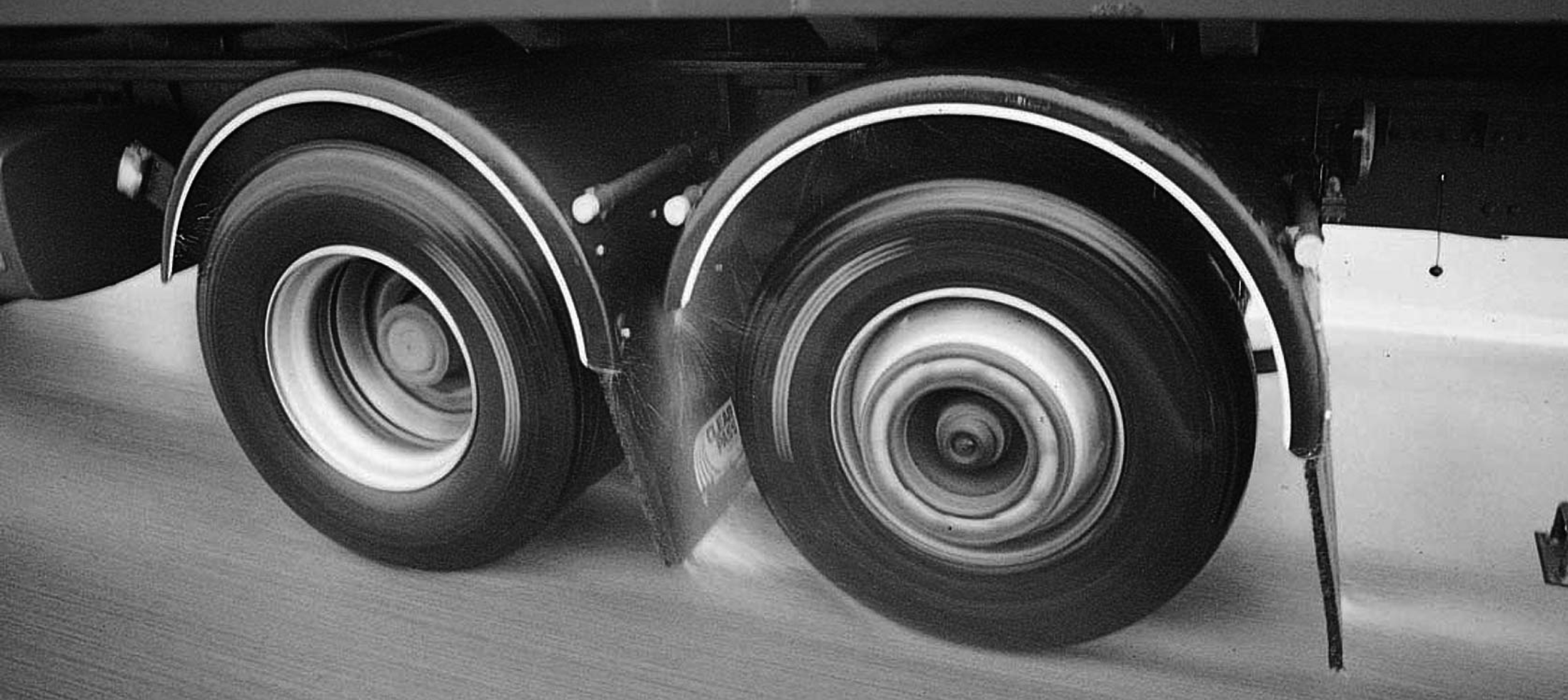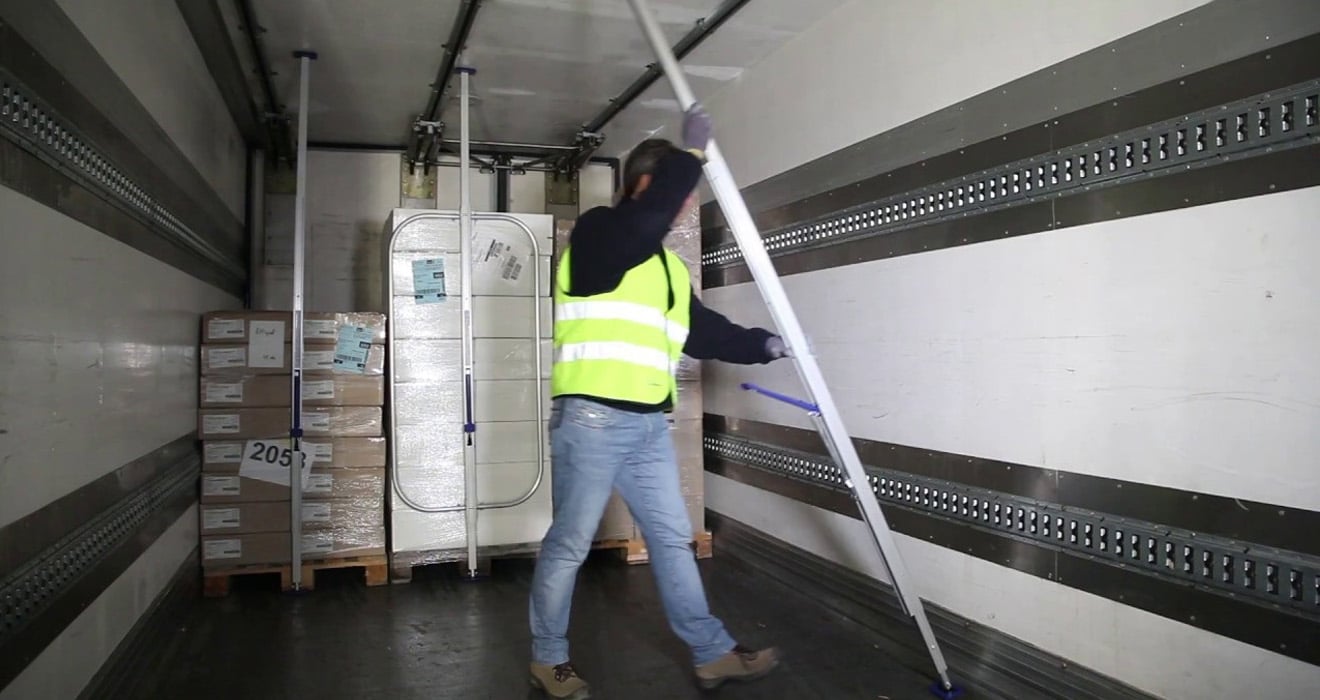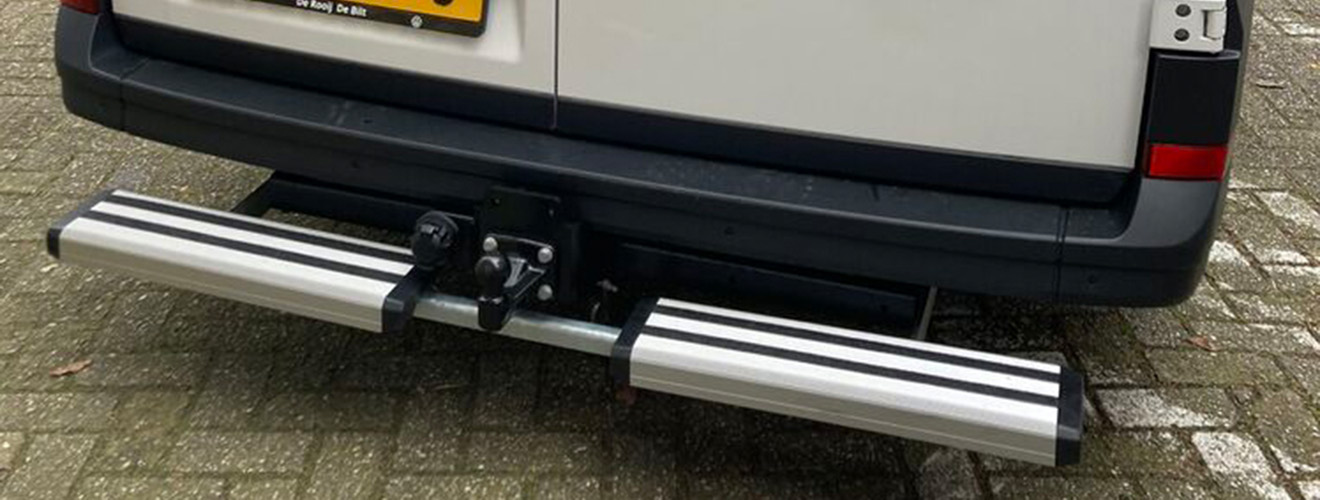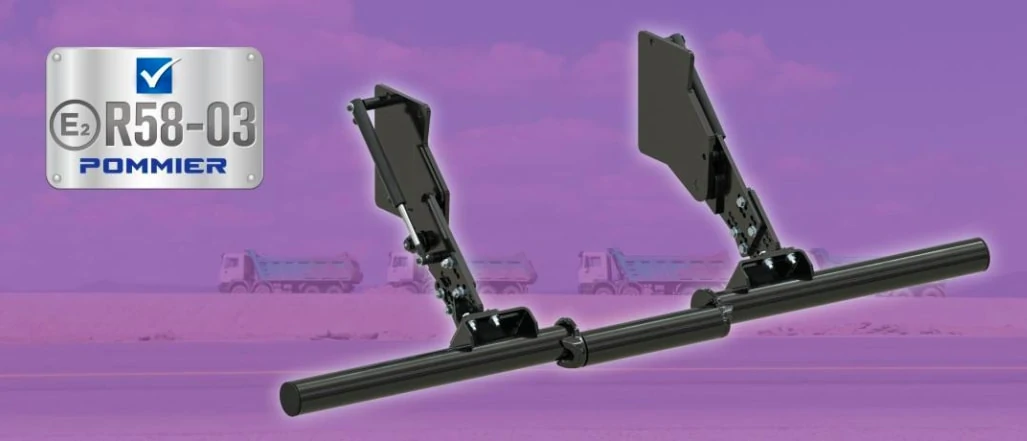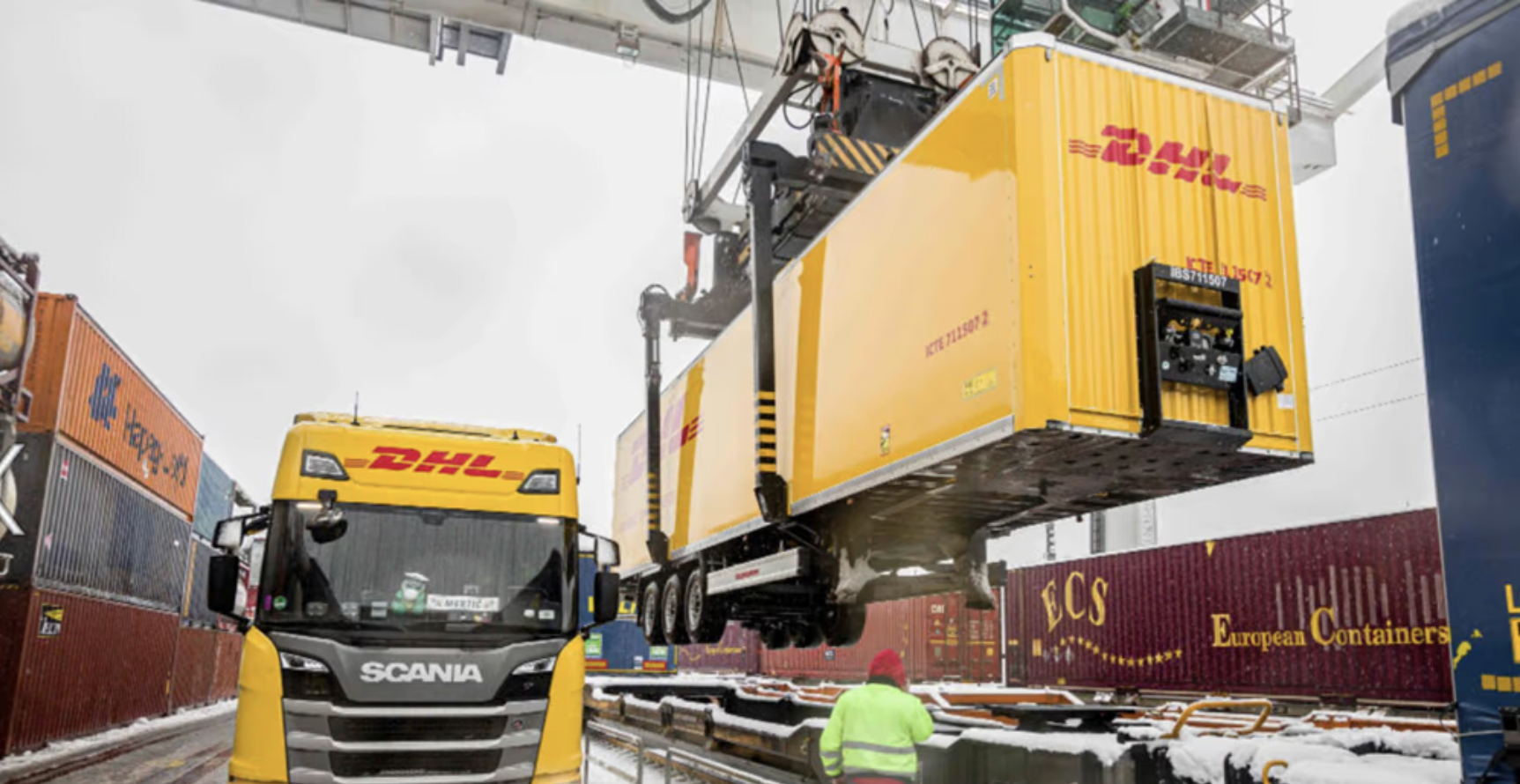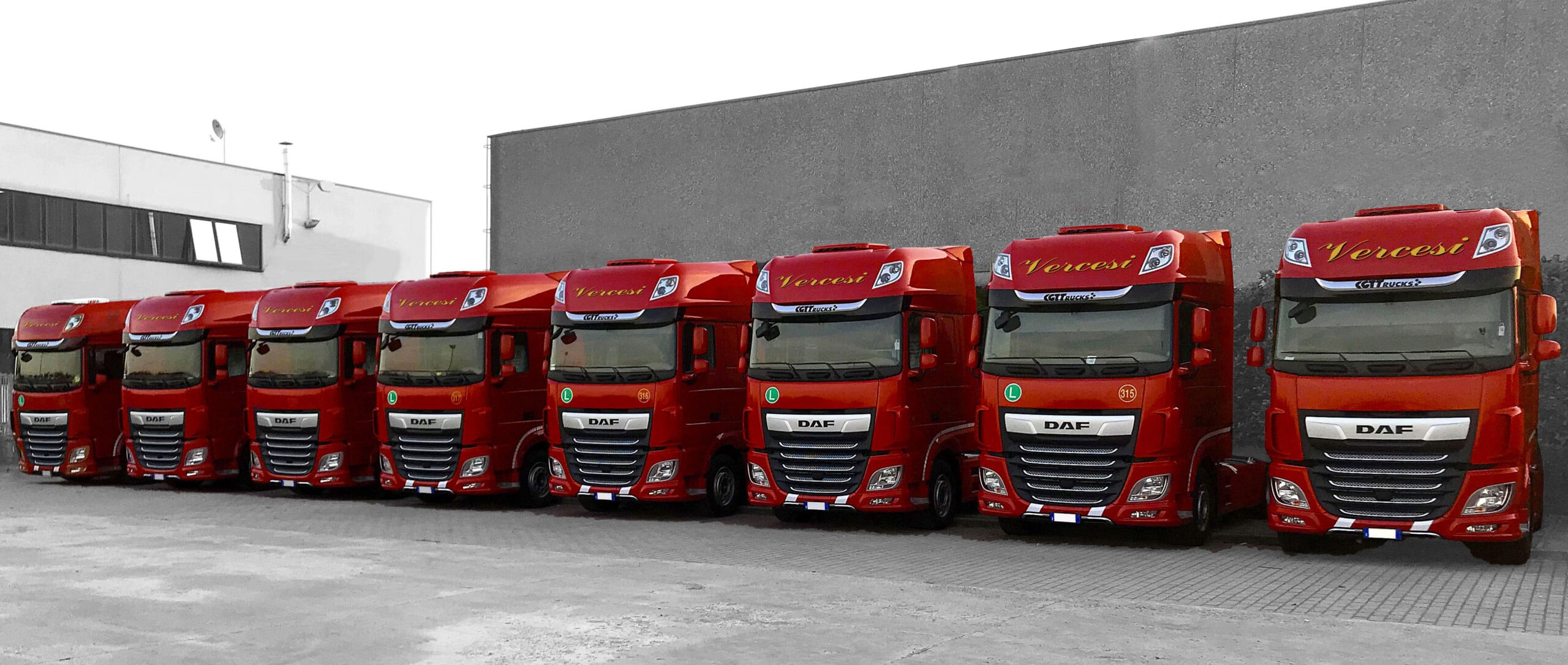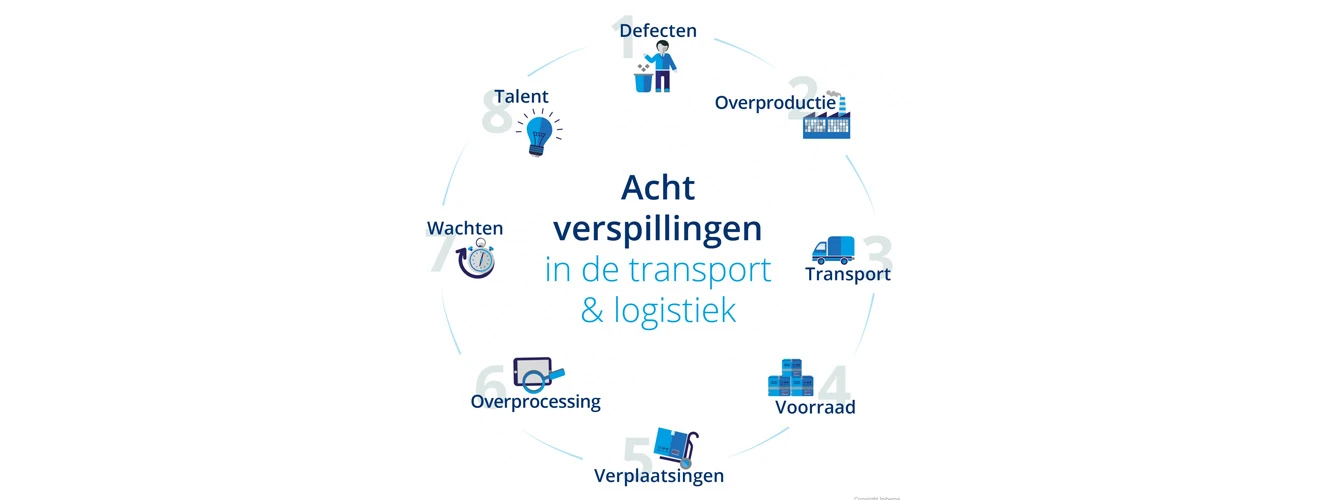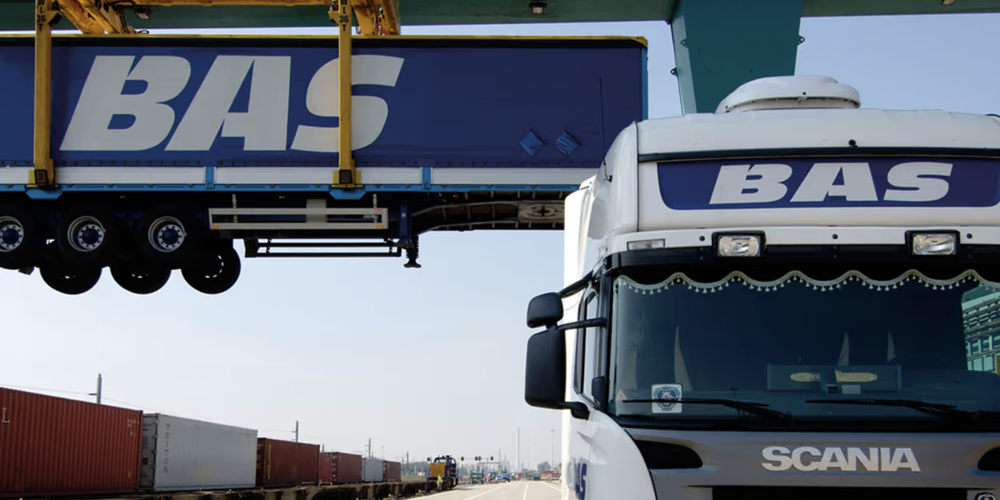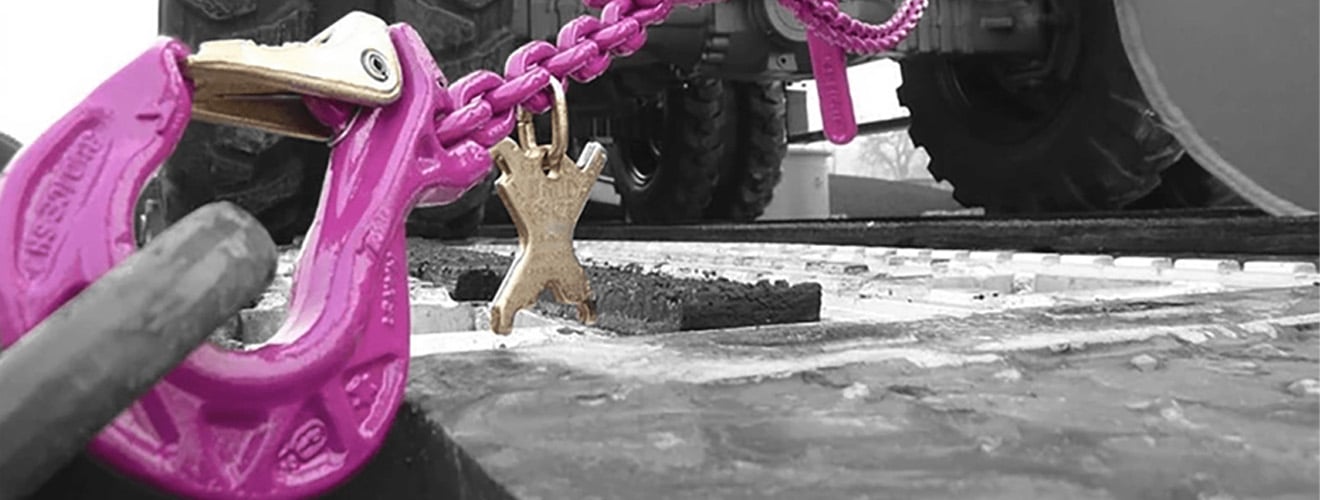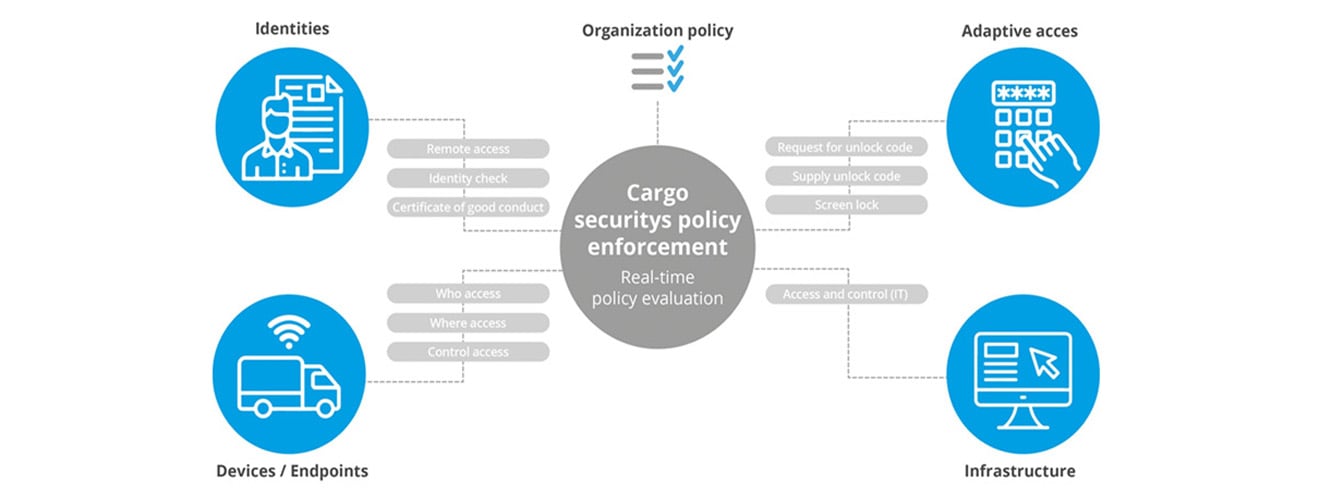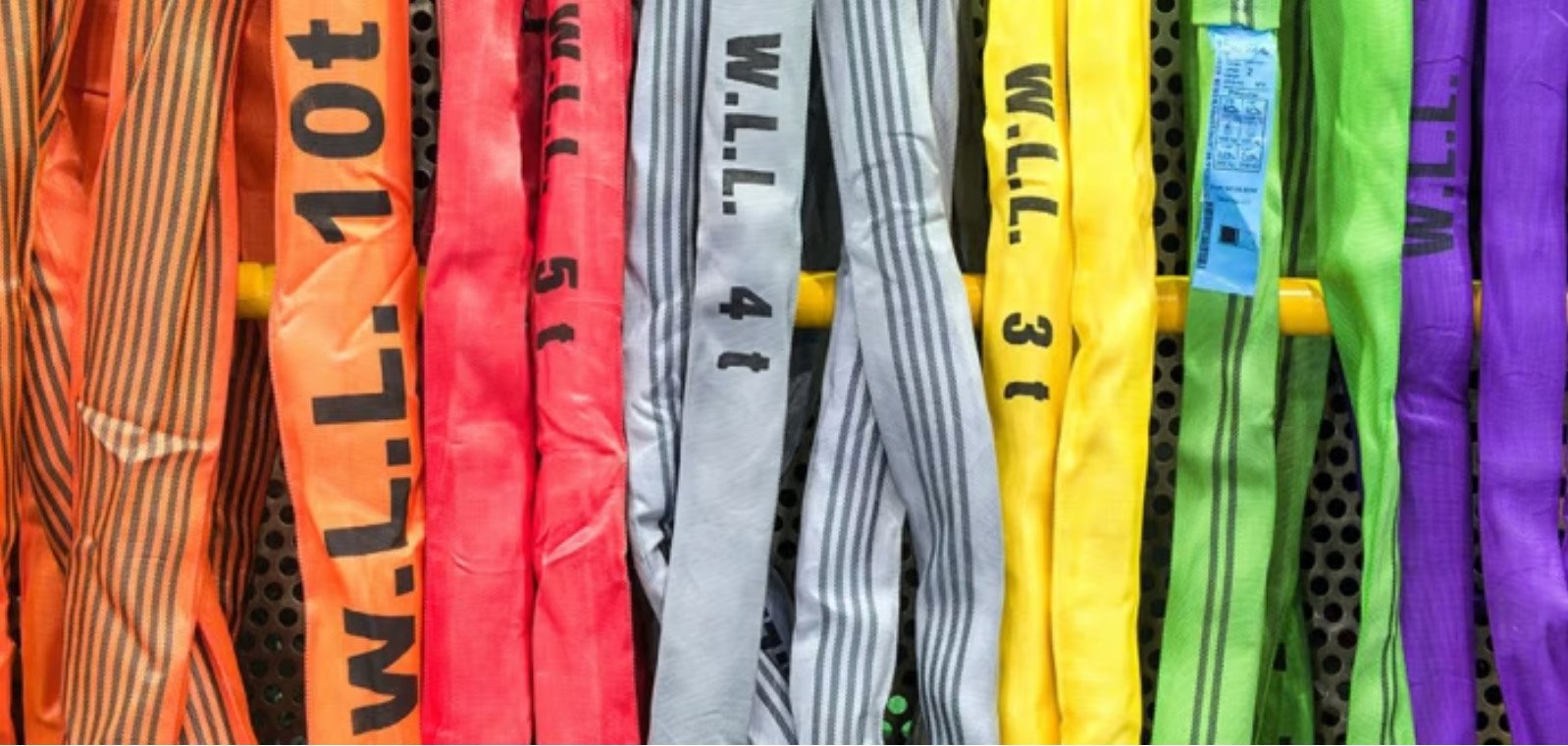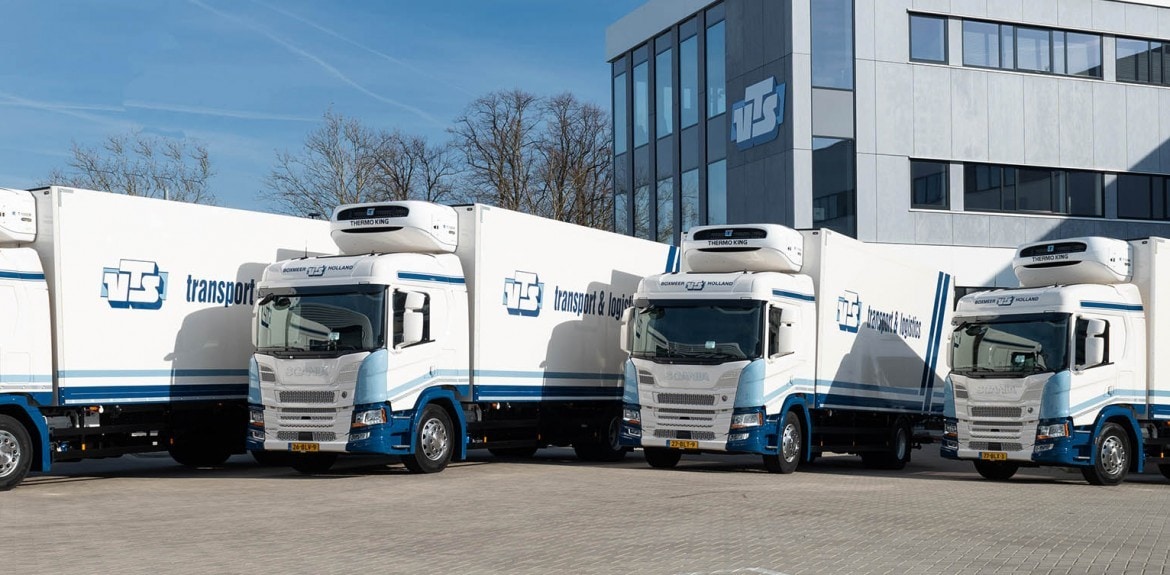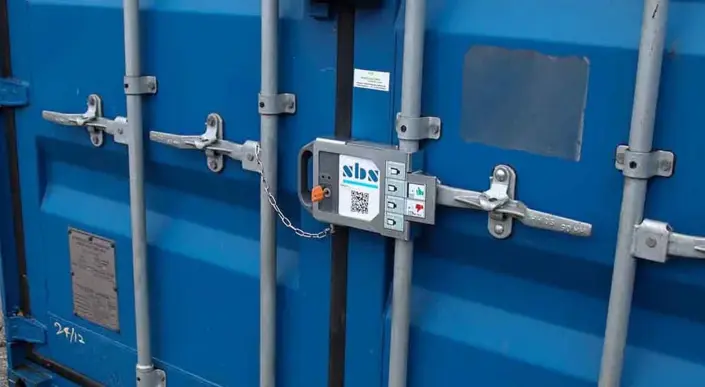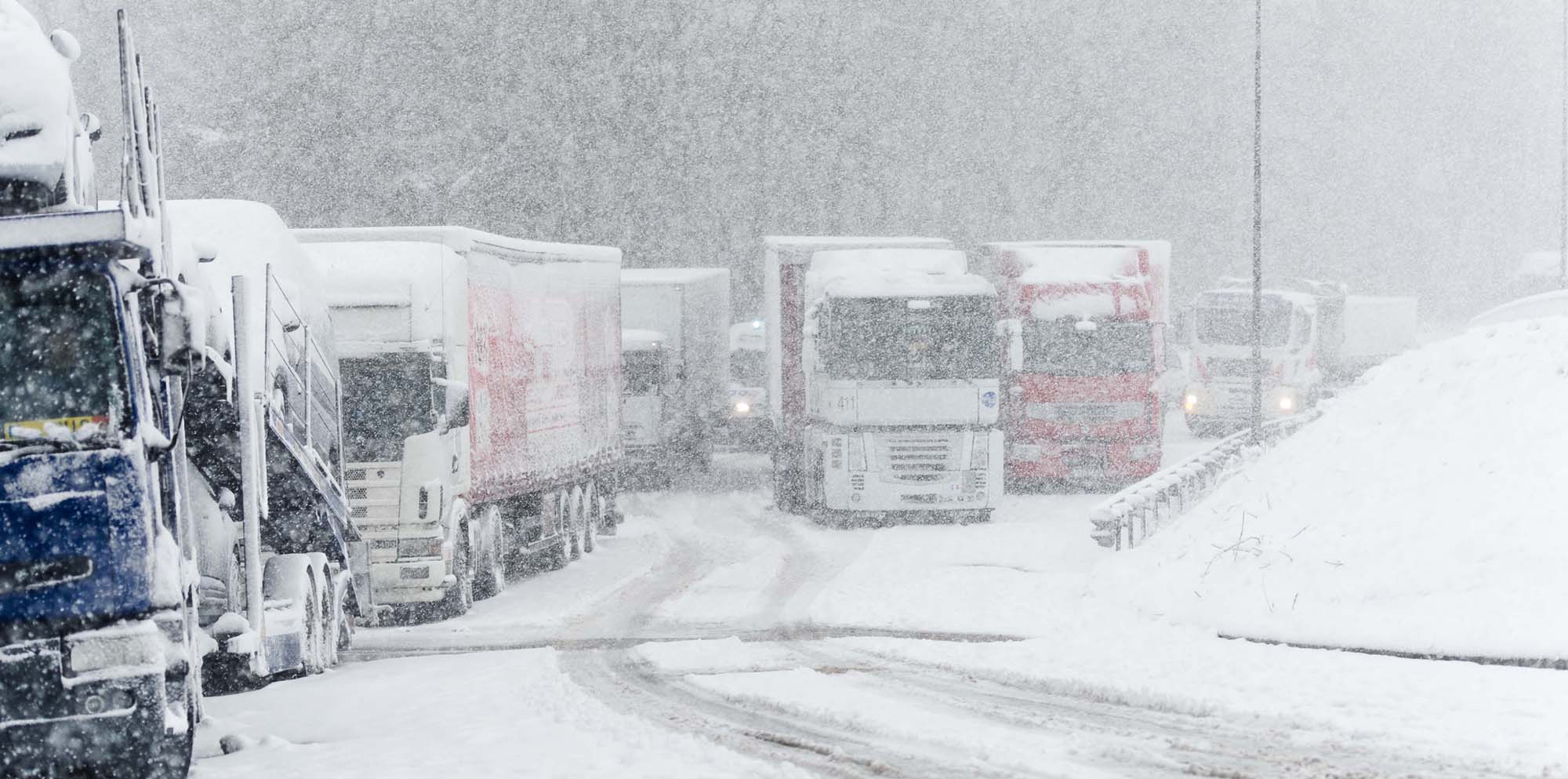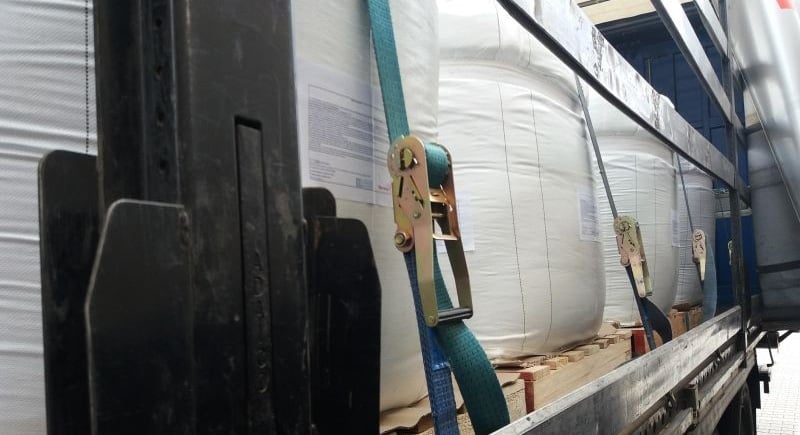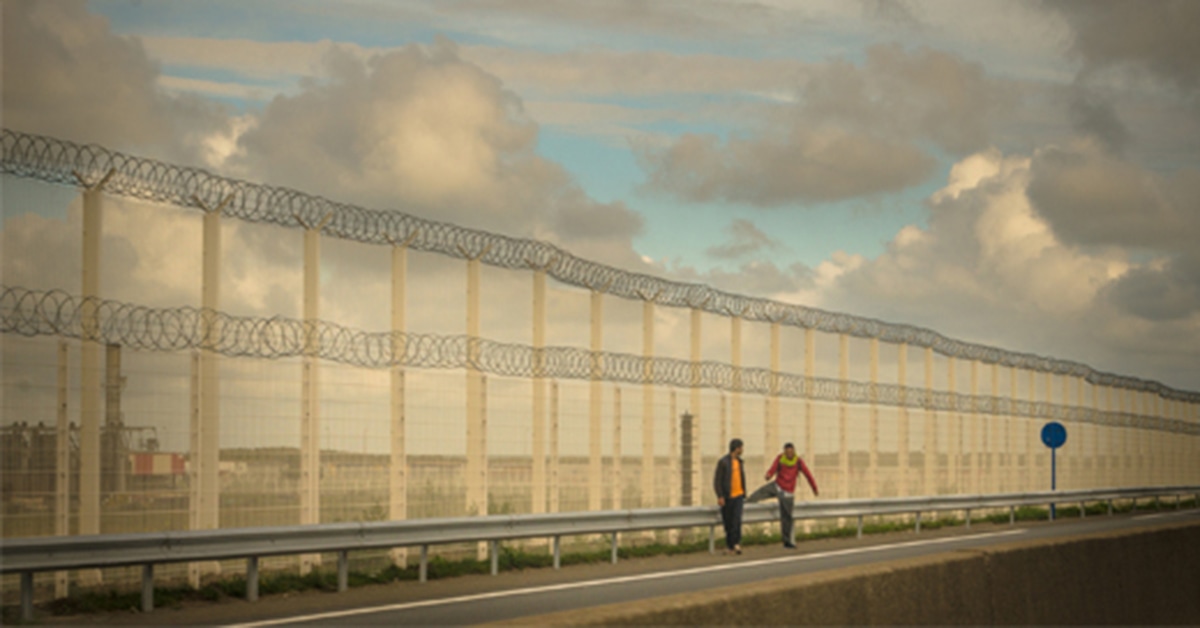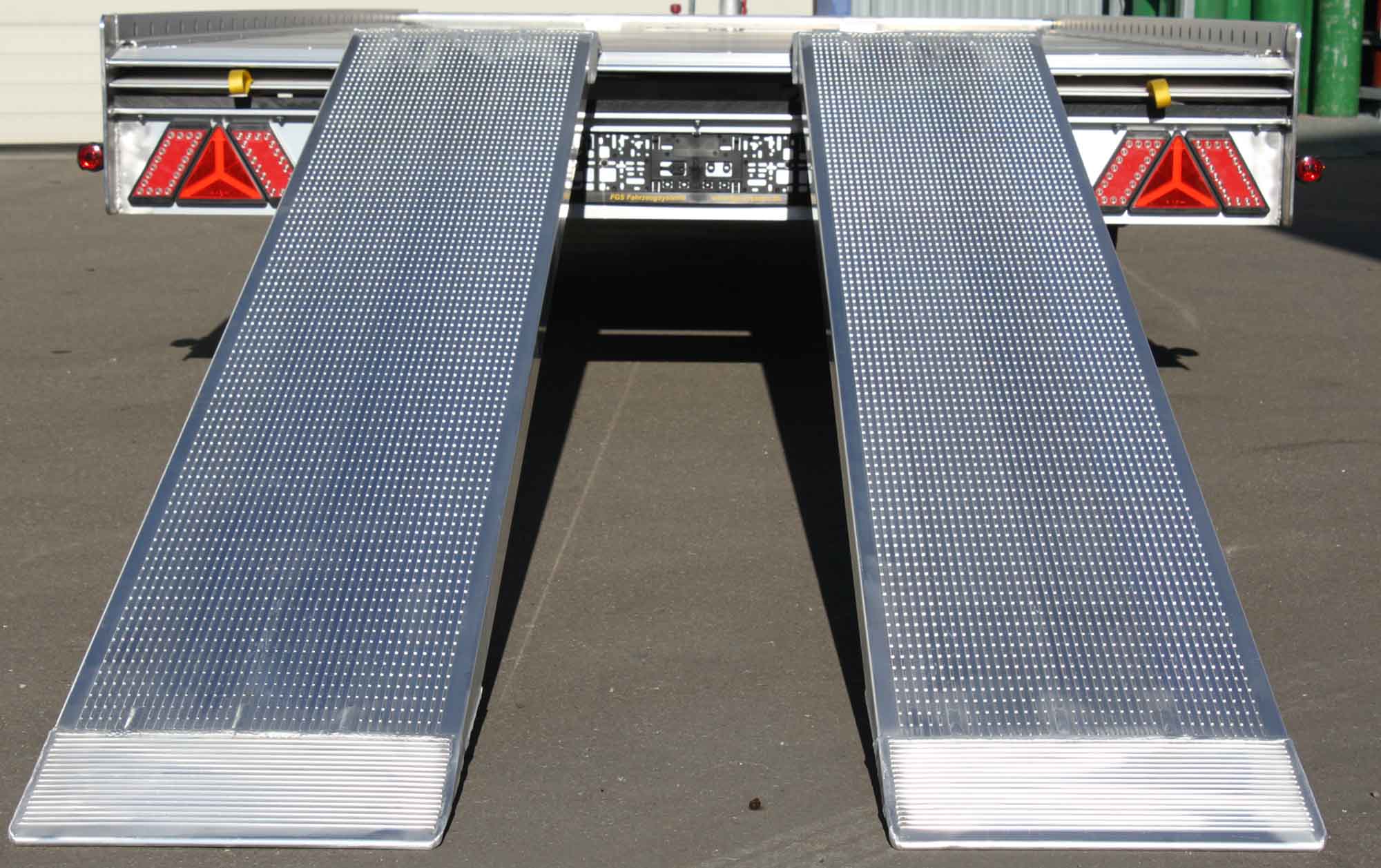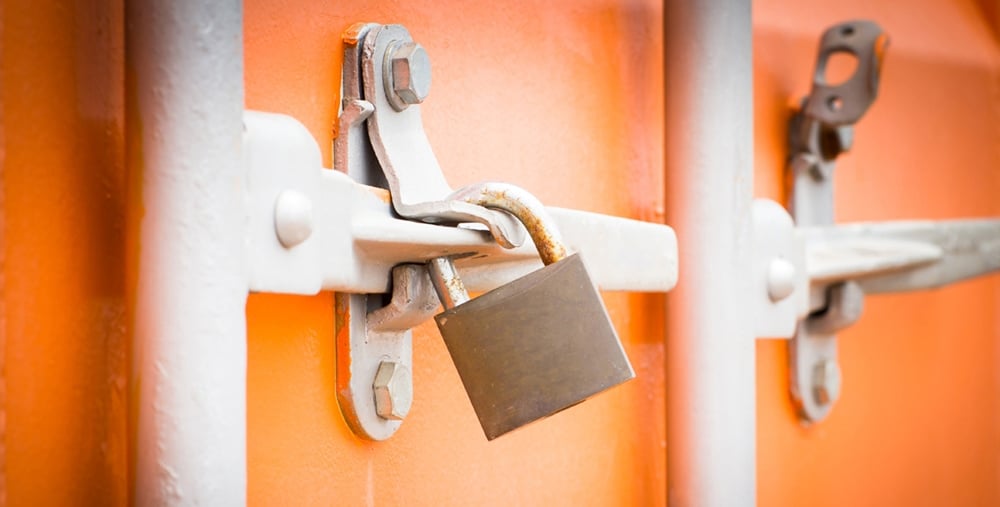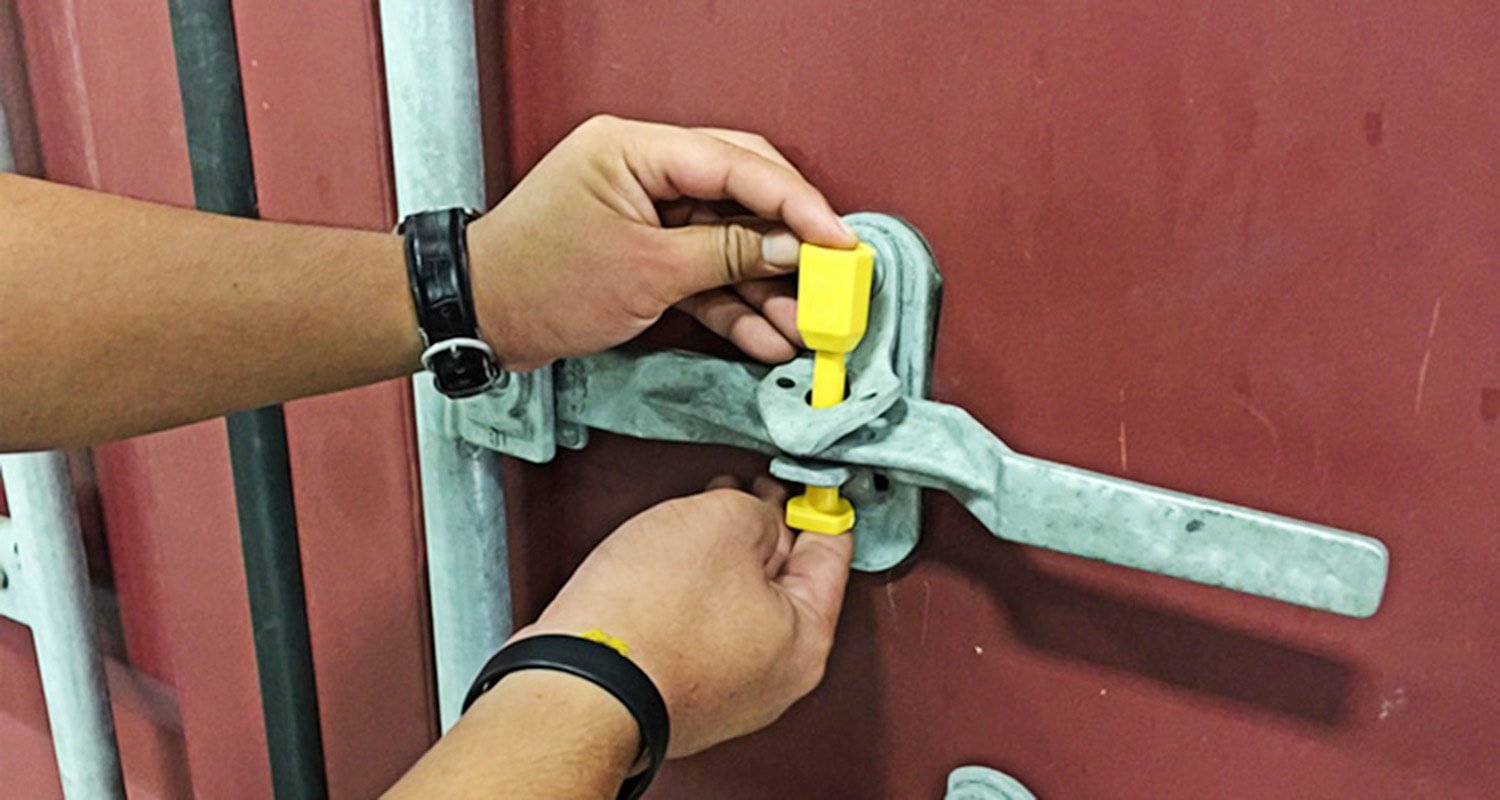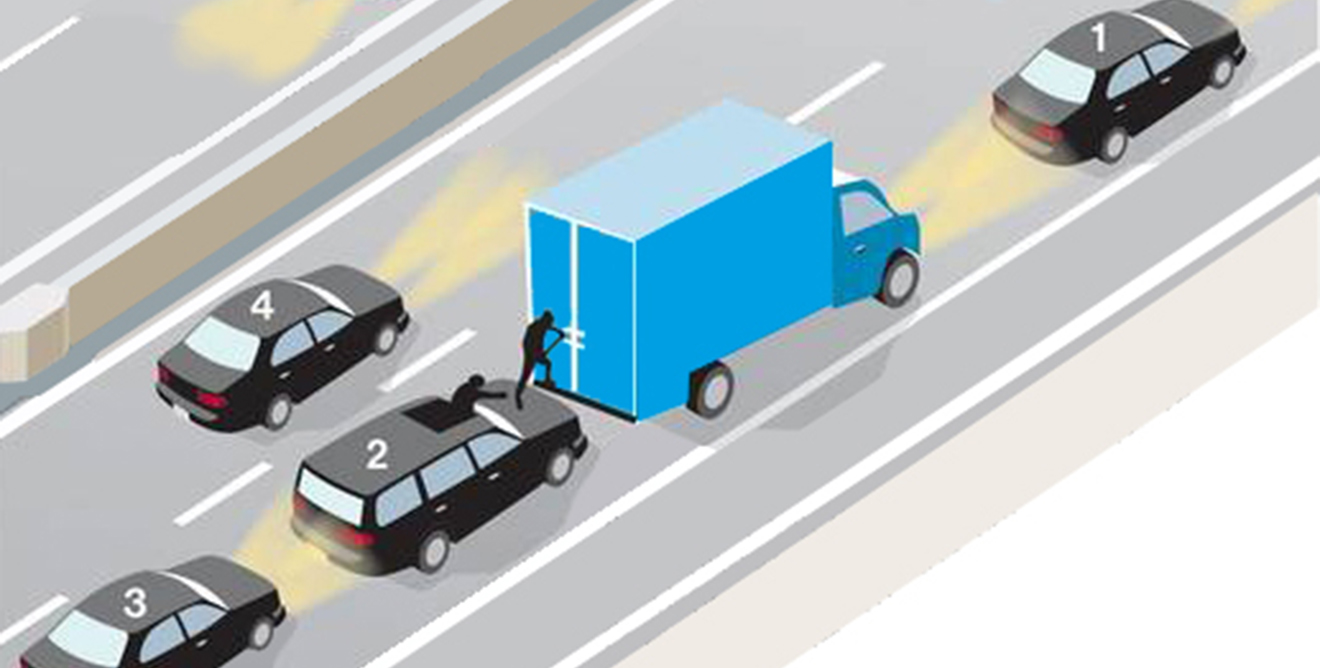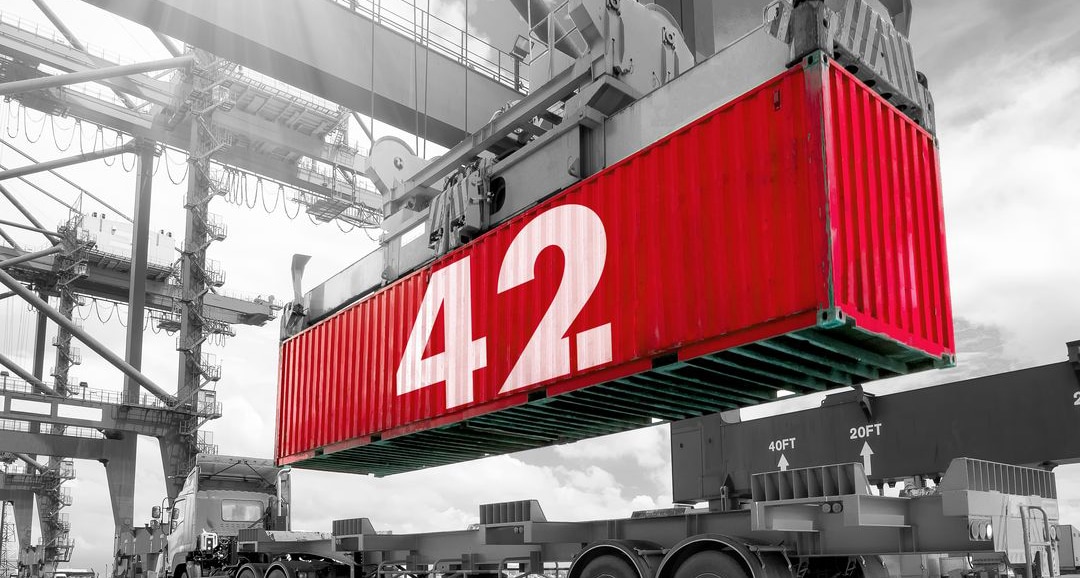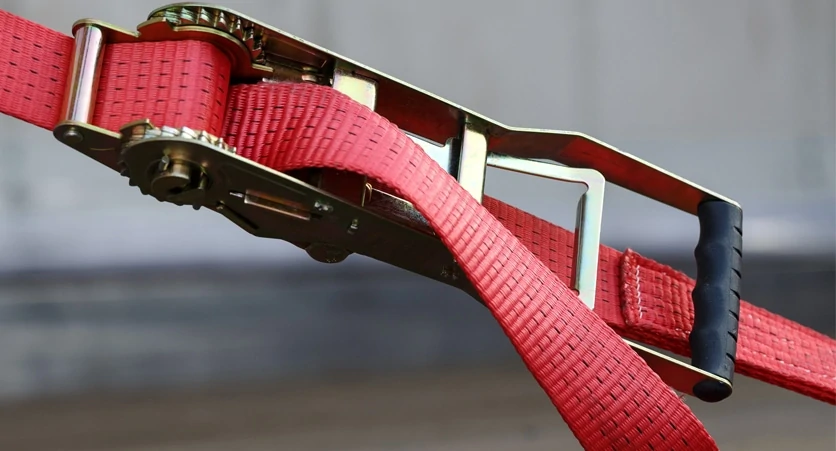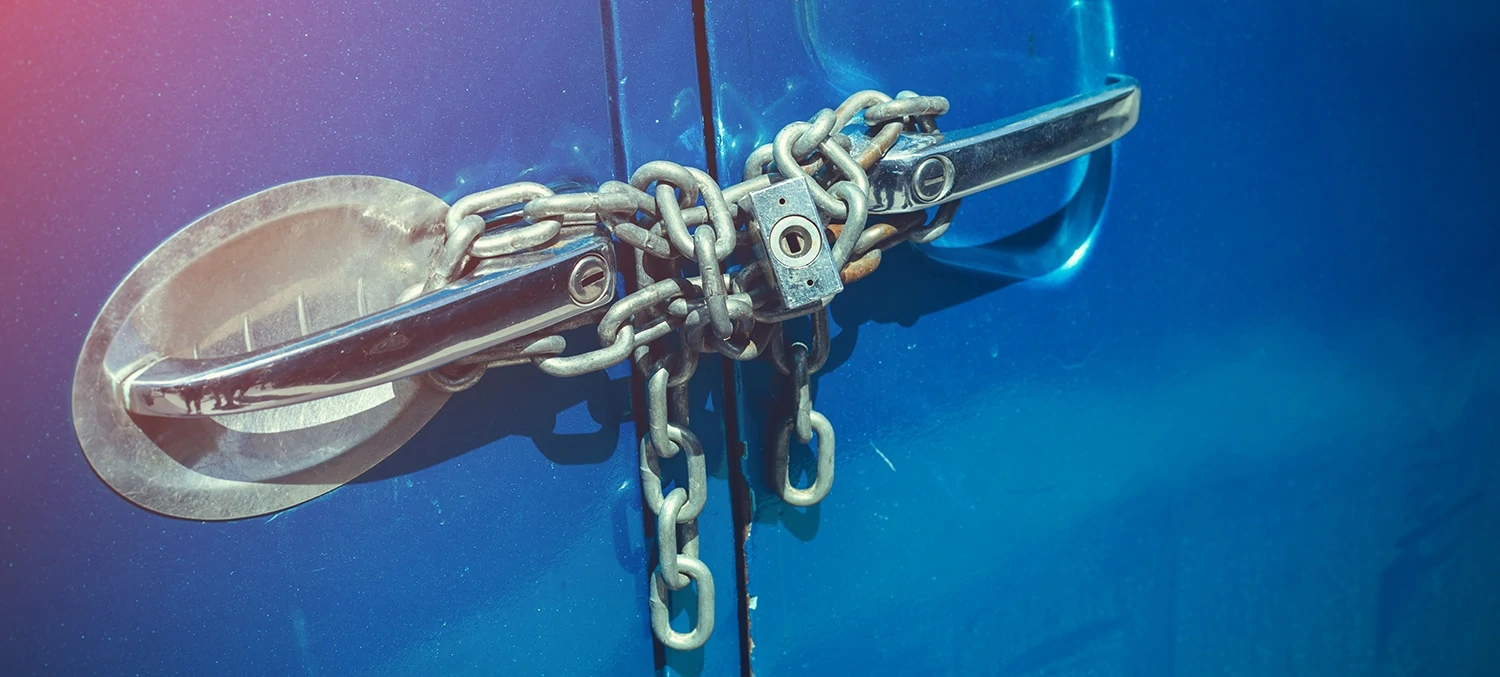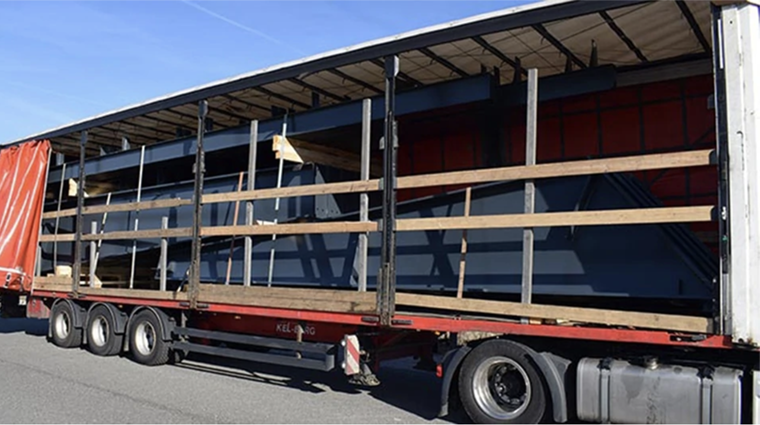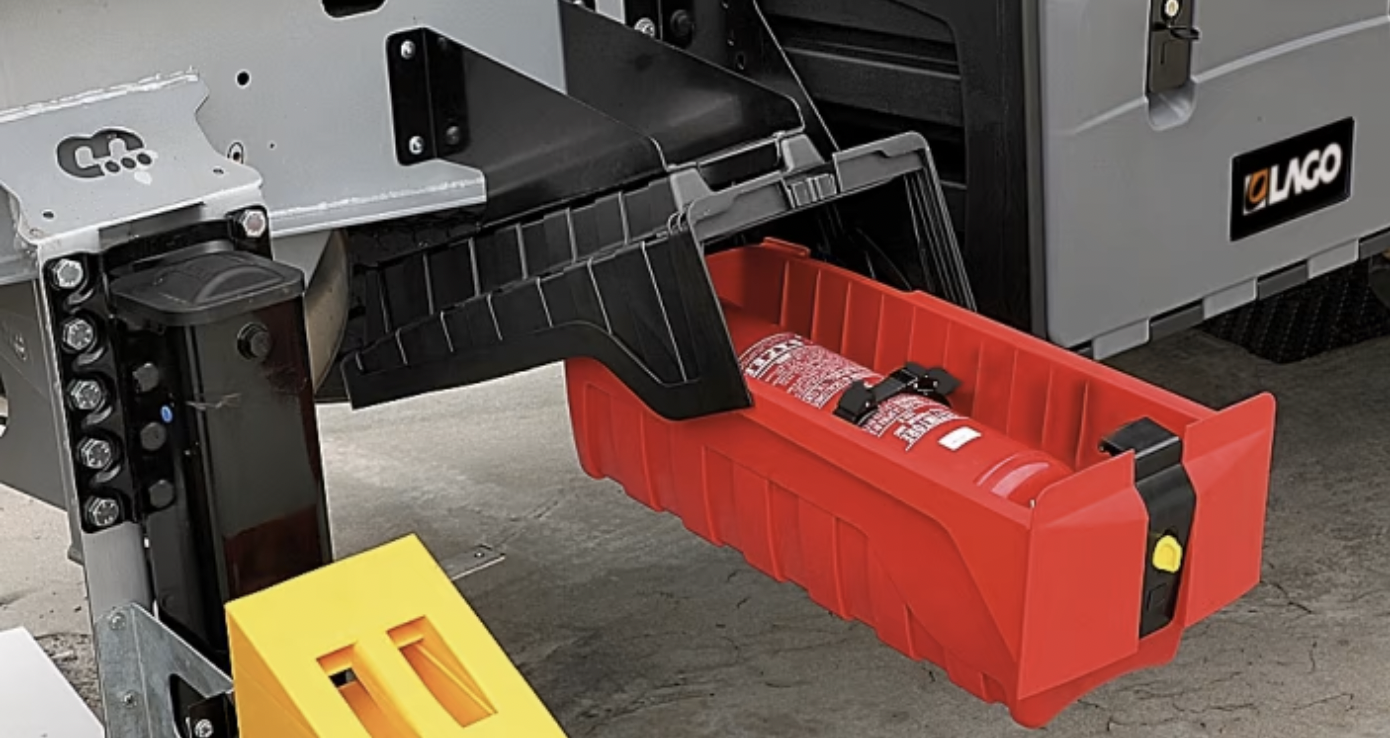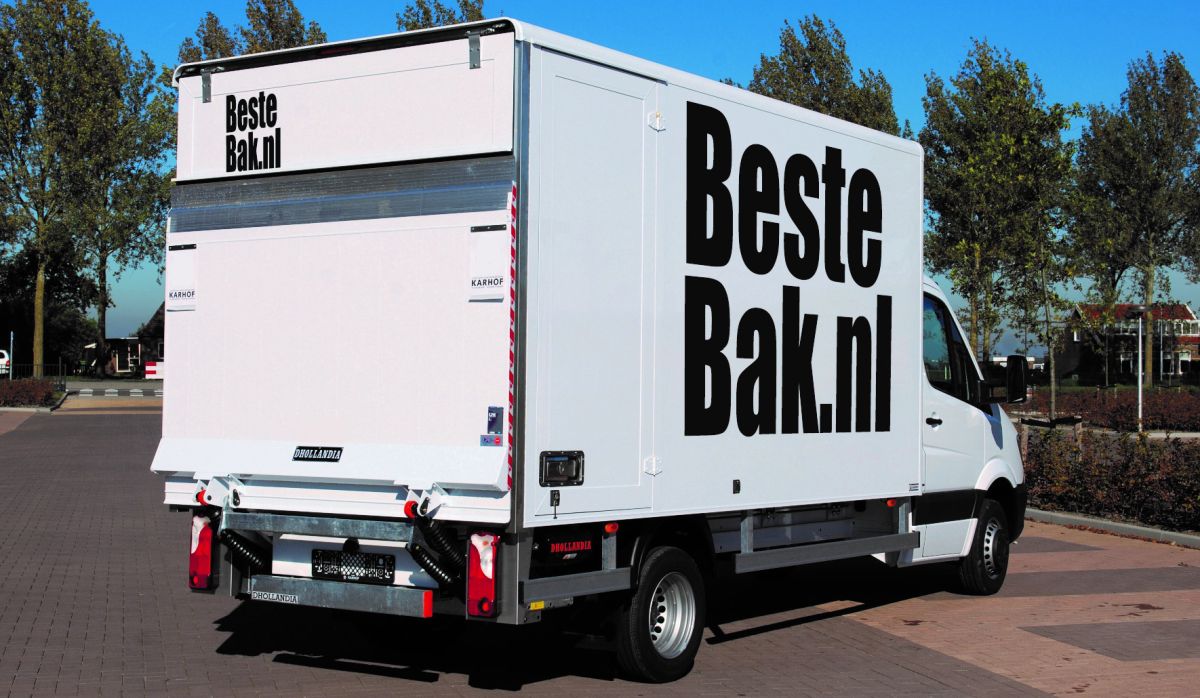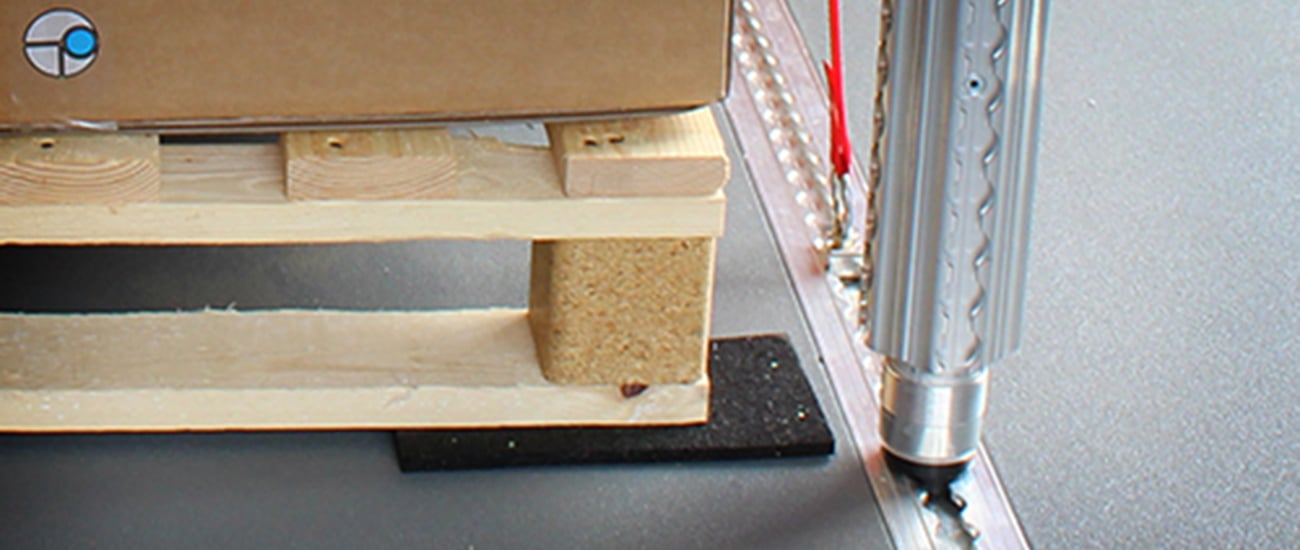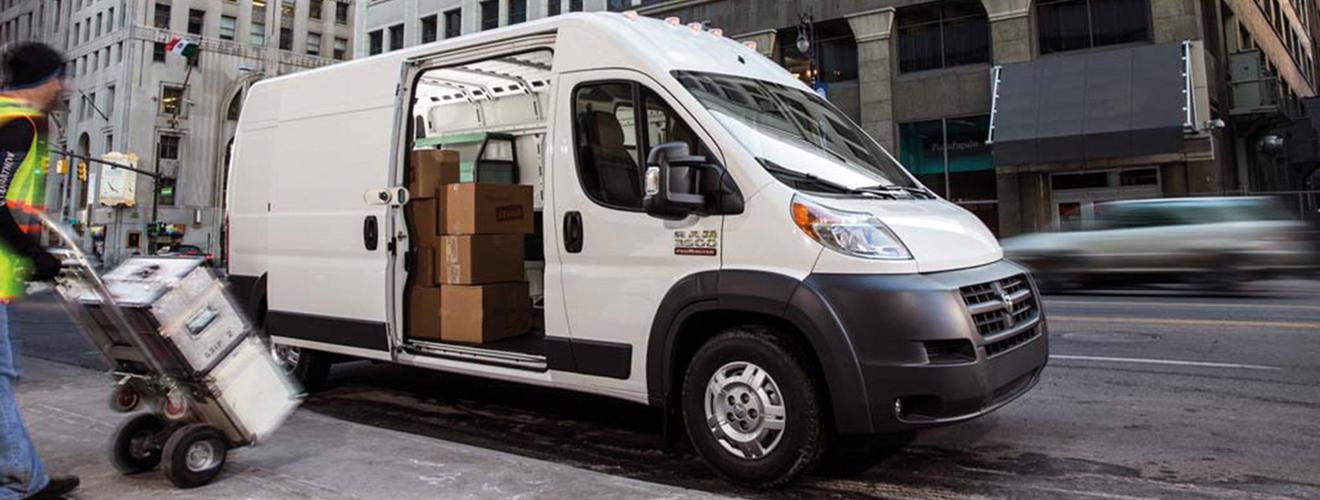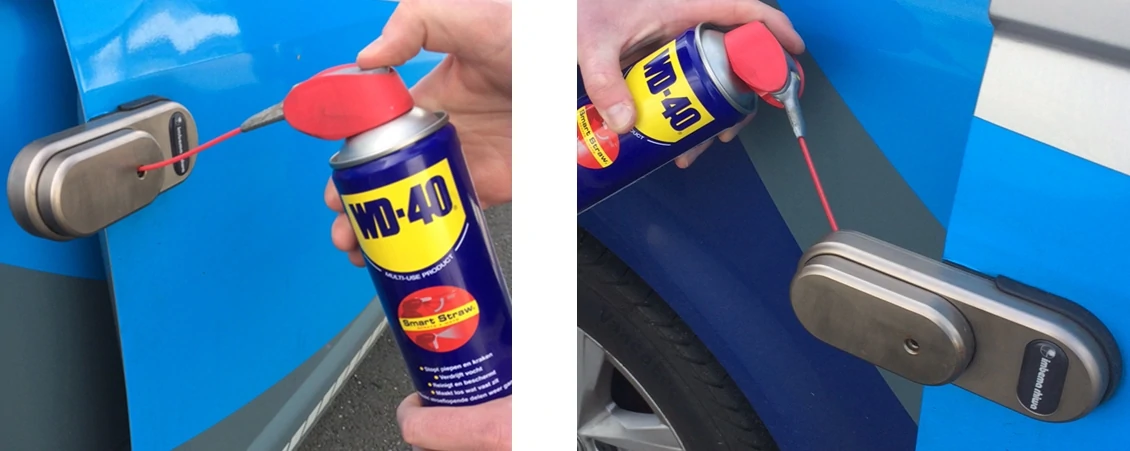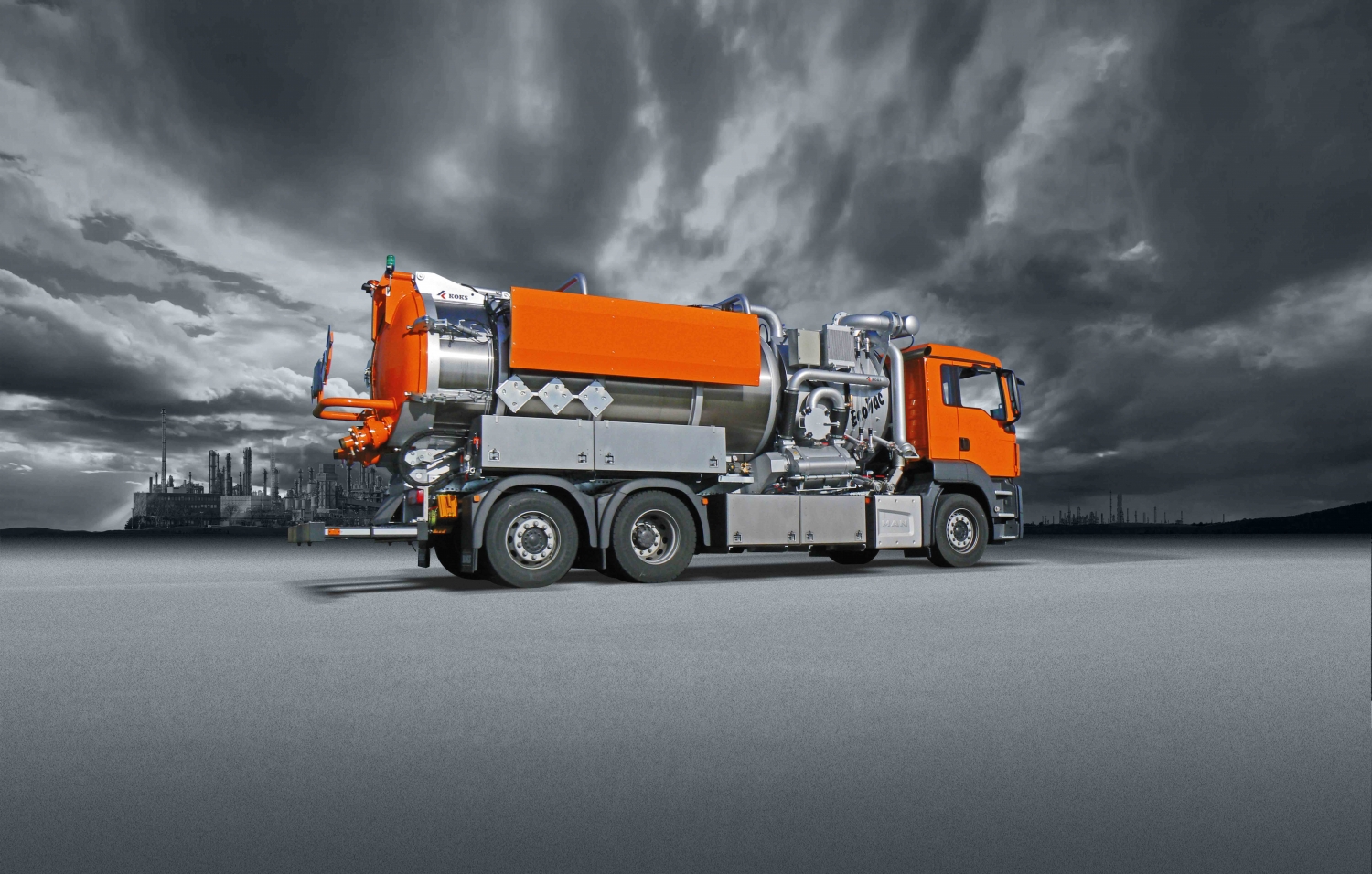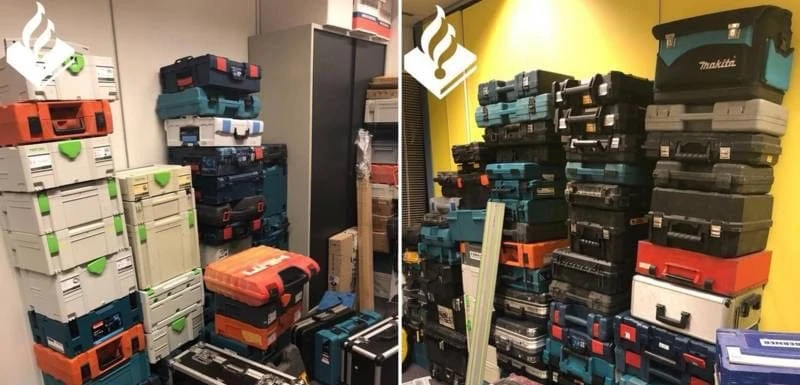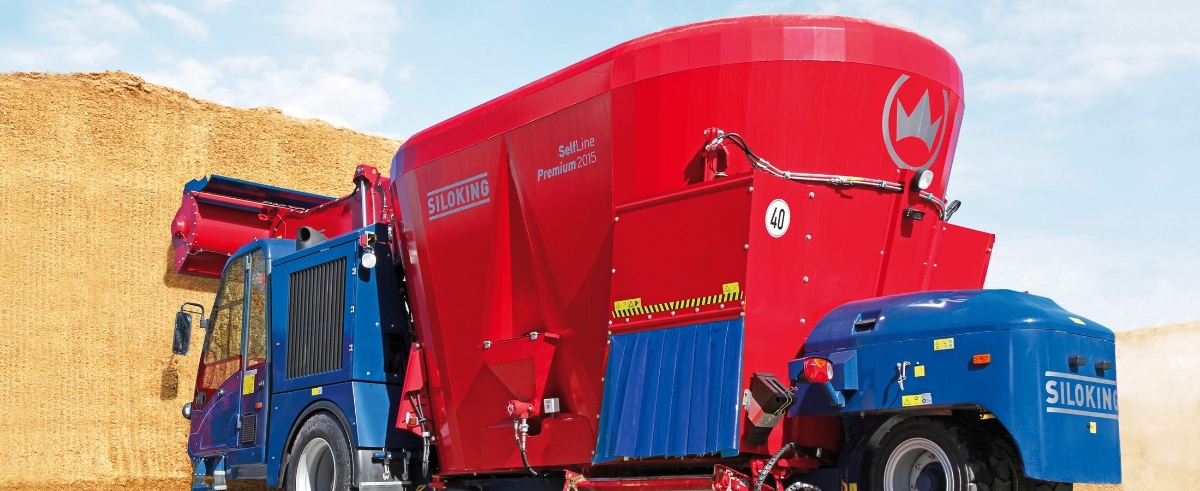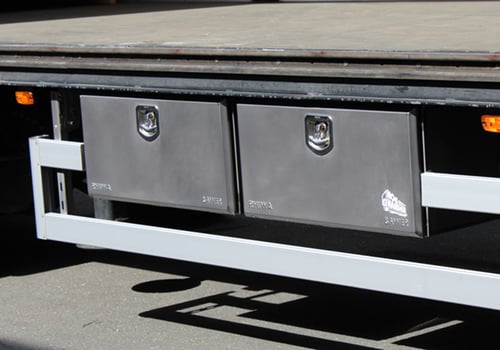
The most frequently asked questions about mudguards
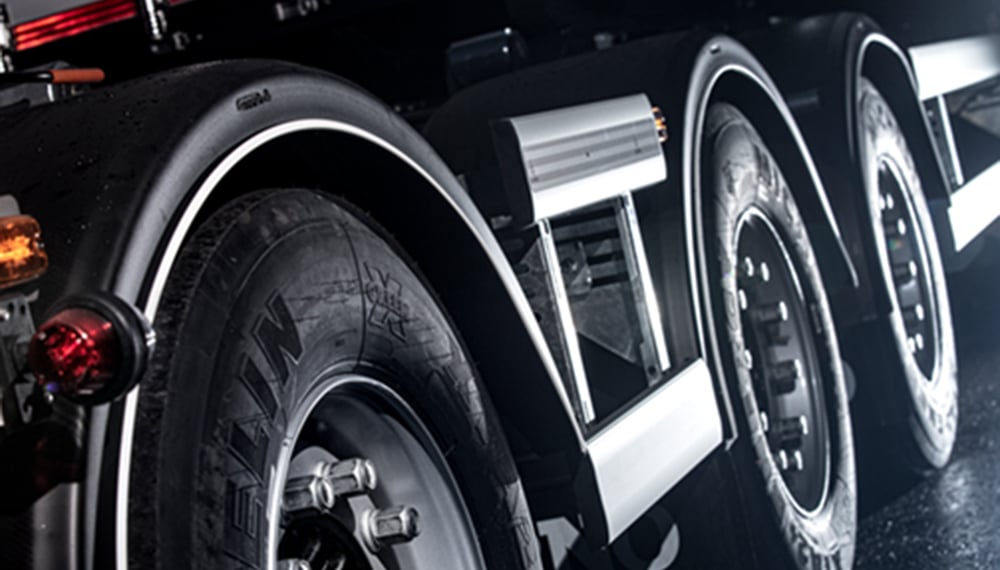
Road safety is of great importance. Not only for drivers and cargo, but also for other road users. That is why trucks and trailers must meet certain requirements. One of these requirements is that they must be fitted with mudguards. A mudguard is a hood that is attached over the wheels to stop splashing water and dirt coming off the wheel.
As a transporter, you are therefore required to fit your truck and trailers with mudguards. But why are mudguards so important? What exactly do the requirements entail? And how do you determine the right size? In this blog, we answer the most frequently asked questions about mudguards.
Why do you need a mudguard?
A mudguard (also known as a splash guard) is required by law. It protects not only your truck, but also fellow road users. Mudguards ensure that splashing dirt, water and stones cannot cause problems. Mudguards also reduce the likelihood of tyre damage, should the truck collide with something. In addition, your truck or trailer is less likely to get dirty, making it look a lot better.What requirements must mudguards meet?
The mudguard requirements for trucks are set out in Regulation Vehicles, section 5.3.48 (external safety including wheel and side shielding). This states that the wheels of commercial vehicles with a maximum authorised mass of more than 3,500 kg must be shielded. The mudguards must be mounted so that rear and side spray is stopped or severely restricted. They must not touch, protrude or contain sharp corners.Where these vehicles entered into service after 31 December 1974, additional permanent requirements apply:
Section 103
The wheel guard must cover the entire horizontal projection surface above each wheel. The wheels, including all fixings and hubs, shall not project more than 30 mm beyond this shield in the width direction, as shown in the figure below:

Article 104
1. The wheels of the rear axle must be fitted at the rear with a wheel guard that must not end above an imaginary horizontal plane located 0.15 m above the centre of the wheels and no more than 0.30 m behind the wheel. In addition, the rear part must extend at least to the imaginary line forming a 45° angle with the road surface.
2. If the rear wheels are steered or steered, the dimension of 0.30 m does not apply, as shown in the figure below.

Article 105
1. Wheel guards shall be dimensionally stable and properly attached.
2. Notwithstanding subsection 1(a), in the case of a vehicle taken into use before 1 January 1995, a permanently fitted rolling curtain shall be permitted.
3. Subsection 1 is complied with if the wheel guard consists of a construction of hinged or sliding parts or is formed by a demountable guard.
4. Any mud flap at the rear of the wheel shall be permitted as a wheel guard, provided it is rigid in shape or adequately supported.
Article 106
Parts of the permanent superstructure may serve as part of the wheel guard.
What types of mudguards are there?
Mudguards are available in different materials, shapes and sizes. The choice of a splash guard depends on the type of vehicle and the specific needs of the transporter.
Plastic mudguards
Plastic mudguards have the great advantage of being lightweight and relatively flexible. They are also a lot more durable, as they do not rust and do not easily dent. In particular, Parlok splash guards made of HDPE (plastic polyethylene) are enormously flexible, resistant to high temperature differences and breakage, making them last longer. Finally, it is an advantage that a plastic mudguard has no sharp edges.
Steel and aluminium mudguards
Steel mudguards are a lot stronger than plastic mudguards. Do you prefer a mudguard that can take a beating? Then choose a steel or aluminium checker plate mudguard. If these mudguards are fitted properly, you can even stand on them. Steel screens, however, can rust. You won't have this with an aluminium chequer plate mudguard. These are durable, but a bit more expensive.Half-round mudguard
Probably the most well-known mudguard for your truck is the traditional semi-circular mudguard. It is available in different sizes and applicable to the wheels of most trucks and trailers.Quarter mudguards
Sometimes the half-round mudguards do not fit, which is why quarter mudguards are also available.
Steering axle mudguards
For the wheels of the steerable rear axle, you need special steering axle mudguards. These are just a bit larger than normal mudguards, as the wheels need to have enough space as they turn along when cornering.Tandem mudguards
For vehicles with multiple axles (tandem axle), you need different mudguards than for single axle vehicles. This is because a tandem mudguard is larger than a standard one because it goes over several wheels. A tandem mudguard is widely used on vehicles in construction and industrial cleaning.Flattop mudguard
For single-axle rigids, you again need flattop mudguards. These are flattened at the top, so you can easily attach them to the bucket.Mudguards 3-piece
Finally, 3-piece mudguards are available. These are used on the rear axles of a tractor or on trailers. Think, for example, of transporting drop-off containers (hook-lift systems).How to choose the right mudguard?
Material
When you want to buy new mudguards or replace existing ones, it is first important to decide what material you want. Mudguards are available in plastic, aluminium chequer plate and metal. We have already explained the differences above.Shape
After you have chosen the material, determine the shape of the mudguard. This shape depends on the type of truck or trailer and the tyres fitted to it. For example, two-axle trailers need different mudguards than single-axle trailers. And round screens are more suitable for large/heavy commercial vehicles and you use flattop mudguards for rigids. We have already explained the different shapes above.Format
When you have made the above choices, you will decide on the size of the mudguard. The size of the mudguard is determined by the size of the wheel. You need to take into account both the span and the width of the mudguard. When replacing a mudguard, you can also measure the old one. That way you can be sure you have the right size.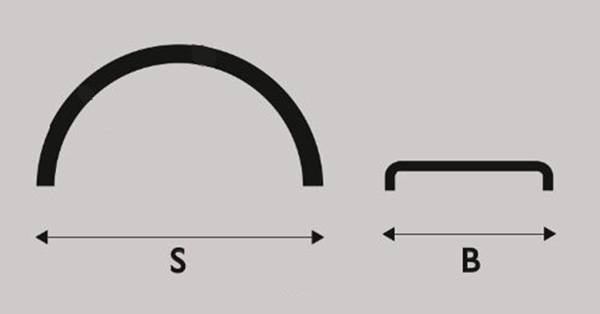
- Span
You measure the span of the screen by measuring the wheels of your vehicle. Always measure the widest part of the wheel. When determining the span, also take into account the required gap. The rule of thumb is that there should be 4 cm of space between the wheel and the mudguard. If necessary, you can also ask about the radius and length. - Width
In addition, the width of the fender is important. If the mudguard is too narrow, the tyre will chafe and damage may occur.
How do you mount mudguards?
There are different types of mudguard brackets, supports and support pipes available to attach your mudguard to the chassis of your trailer. Which mudguard support and bracket you need depends on the type of mudguard you want to mount and the type of vehicle. With flattop mudguards, you don't need a separate attachment. These are attached directly to the body with screws, bolts or pop rivets. Do make sure you use HDPE mudguards with plastic flattop screens. HDPE plastic is flexible and will not break if you drill through it. With PP (polypropylene), the screen may crack.Carrier pipes
Various types of carrier pipes are available:- Carrier pipes made of steel welded
- One-piece steel carrier pipes
- Plastic carrier pipes
The steel support pipes are available in various lengths in stainless steel, galvanised steel and galvanised black powder-coated. You can choose from two versions; straight or double-curved, so you can align the mudguard properly.The steel support pipes can also be shortened if necessary.
Mudguard brackets
Different types of mudguard brackets are available from plastic, steel, adjustable and non-adjustable. Sometimes the brackets are already integrated in the mudguard and you only need support pipes.Dimensions
It is important not to mount the mudguard (with mudflap) too low to the ground. This can cause the screen to crack if you drive backwards against a kerb or a pole. You can prevent this by mounting the mudguard (with mudflap) 20 cm above the road surface (this is also stated in the laws and regulations). You should also make sure it is not mounted too close to the tyres. Keep at least 4 cm space between the wheel and the screen.Are you required to fit mudguards with a mudflap?
Motor vehicles from 7.5 tonnes and trailers from 3.5 tonnes (with a date of first admission from 29 October 2010) must have a spray-suppression system, according to Directive 91/226/EEC. Such a system must limit the spray of water thrown up by the tyres of a moving vehicle. This spray-suppression system consists of mudguards, mudflaps, side guards and spray suppression.In practice, this spray suppression is already incorporated in the mudflap.This is why they are also called anti-spray mud flaps. These anti-spray mudflaps must be fitted vertically, behind the wheels of the front axle or front axles and behind the wheels of the rear rear axle. They are attached to the lower part of the chassis, the loading area or the mudguard.
So, when you buy mudguards for your front axle or rear rear rear axle, you are obliged to fit them with anti-spray mudflaps. We recommend that you then buy mudguards with integrated anti-spray mudflaps at the same time. Then you don't have to attach the mudflaps to your screen yourself. Nice and easy!
In our blog: 'Are anti-spray mudflaps required on trucks?' we explain more about the requirements of these anti-spray mudflaps.
How long does a mudguard last?
The lifespan of mudguards depends on several factors, including the driving style of the driver, the state of the roads the truck travels on and the quality of the screens.If your truck is equipped with good quality mudguards, they can last for many miles.
A splash guard of too low quality usually breaks down due to stones or because it is driven into something. With a Parlok mudguard made of HDPE, you have the least chance of breakage because they are very flexible. They move with you when you hit a pole when reversing.
It can also happen that the mudguard comes loose or is not properly attached. This is usually due to incorrect mounting or faulty fixing. This can lead to dangerous situations and damage to other vehicles. So we recommend that you regularly check your mudguards for breaks, damage or missing parts to avoid dangerous situations.



